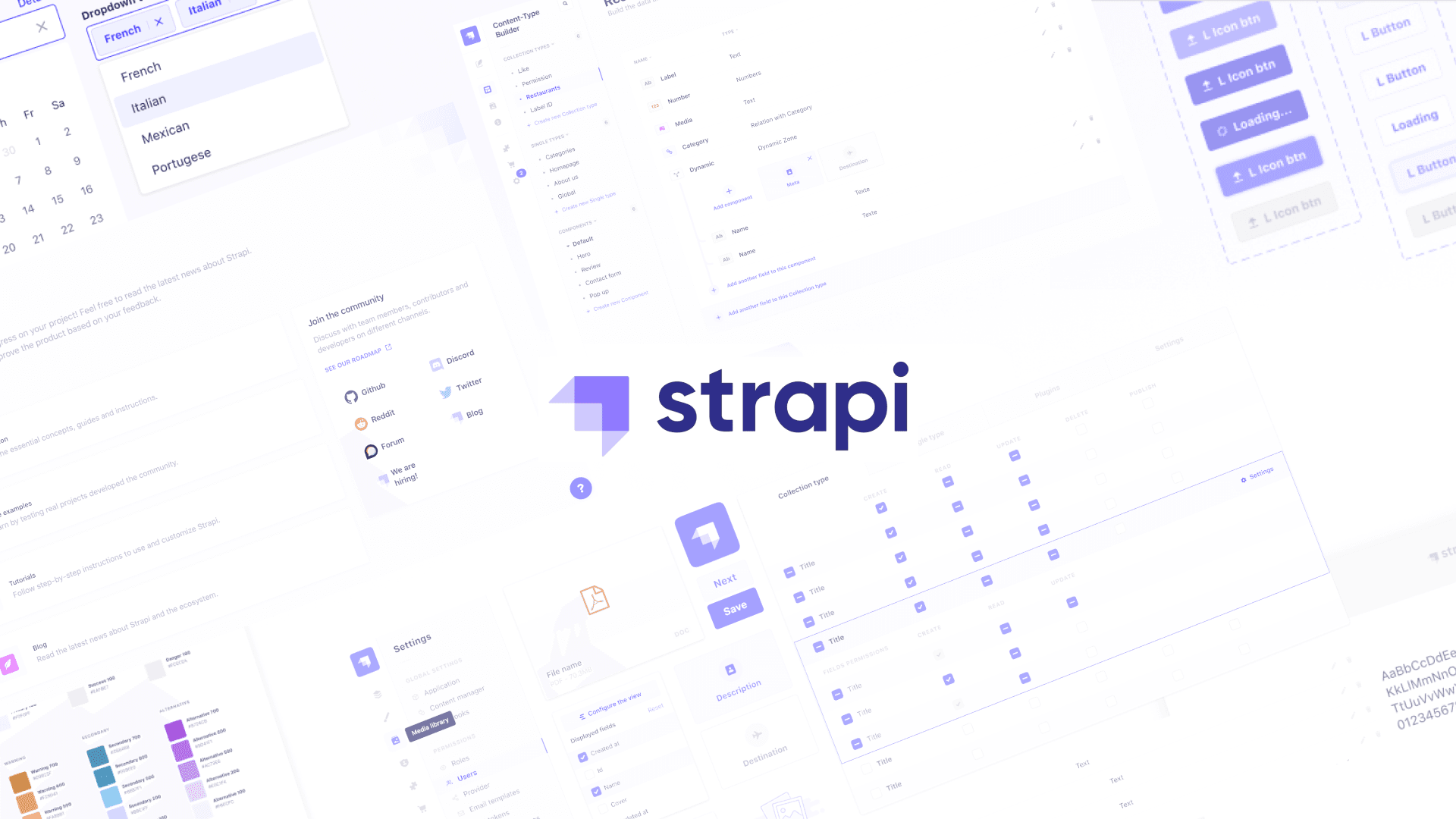Table of Contents
How to Mock in Integration Tests Tools and Implementation
Author

Date

Book a call
Having established when and why to mock in integration tests, it's time to explore the practical implementation of mocking strategies. This comprehensive guide covers the essential tools, techniques, and step-by-step processes for implementing effective mocks in your integration tests. We'll dive deep into popular mocking libraries, provide detailed examples, and explore advanced techniques for maintaining reliable and accurate mocks.
Essential Mocking Tools and Libraries
The JavaScript ecosystem offers several powerful tools for implementing mocks in integration tests. Each tool serves different purposes and excels in specific scenarios. Understanding their strengths and use cases will help you choose the right tool for your specific testing needs.
Nock: HTTP Request Mocking
Nock is the most popular and powerful HTTP request mocking library for Node.js. It allows you to intercept and mock HTTP requests at the network level, making it ideal for testing applications that interact with external APIs.
Key Features:
- Intercepts HTTP requests at the network level
- Supports complex request matching patterns
- Provides detailed request/response validation
- Offers recording and playback capabilities
- Integrates seamlessly with all testing frameworks
- Supports both REST and GraphQL APIs
When to Use Nock:
- Testing interactions with external REST APIs
- Mocking third-party services like payment gateways
- Testing error handling for HTTP failures
- Validating request formats and headers
- Creating deterministic responses for external services
Basic Nock Usage:
Sinon: Comprehensive Function Mocking
Sinon is a versatile library that provides spies, stubs, and mocks for JavaScript functions and objects. It's particularly useful for mocking internal dependencies and complex object interactions.
Key Features:
- Function spies for monitoring calls
- Stubs for replacing function behavior
- Mocks for complex object interactions
- Fake timers for time-based testing
- Extensive assertion capabilities
- Works with any testing framework
When to Use Sinon:
- Mocking internal service dependencies
- Testing time-based functionality
- Spying on function calls and arguments
- Stubbing complex object methods
- Testing callback and promise behavior
Basic Sinon Usage:
Jest Built-in Mocking
Jest provides powerful built-in mocking capabilities that integrate seamlessly with the testing framework. While not as specialized as nock or sinon, Jest mocking is convenient for simple scenarios and module-level mocking.
Key Features:
- Module mocking with automatic mock generation
- Function mocking with call tracking
- Timer mocking for time-based tests
- Snapshot testing for mocked responses
- Mock clearing and restoration utilities
When to Use Jest Mocking:
- Simple function mocking scenarios
- Module-level mocking
- Quick prototyping of mocks
- Integration with Jest snapshot testing
Basic Jest Mocking:
Step-by-Step Implementation Guide
Let's walk through a comprehensive example of implementing integration tests with strategic mocking. We'll build a notification system that demonstrates different mocking scenarios and techniques.
Application Architecture
Our example application is a user notification system with the following components:
Step 1: Test Environment Setup
Step 2: Basic Integration Test with Mocking
Step 3: Advanced Mocking Scenarios
Step 4: Performance Testing with Mocks
Advanced Mocking Techniques
Dynamic Response Generation
Creating mocks that respond intelligently to different request parameters:
Conditional Mocking Based on Environment
Request Recording and Playback
Mock Validation and Maintenance
Ensuring Mock Accuracy
Best Practices for Mock Implementation
1. Keep Mocks Simple and Focused
2. Use Realistic Data and Delays
Make your mocks representative of real system behavior:
3. Mock at the Appropriate Level
Choose the right abstraction level for your mocks:
4. Document Mock Decisions
Conclusion
Implementing effective mocks in integration tests requires careful consideration of tools, techniques, and maintenance strategies. The key is to use mocks strategically to eliminate problematic external dependencies while preserving the authentic integrations that provide the most value.
Nock excels at HTTP request mocking and is essential for testing external API integrations. Sinon provides comprehensive function and object mocking capabilities for internal dependencies. Jest's built-in mocking works well for simple scenarios and integrates seamlessly with the testing framework.
The examples in this guide demonstrate how to implement mocks that are realistic, maintainable, and provide genuine testing value. By following these patterns and best practices, you can create integration tests that give you confidence in your system's behavior while remaining practical to execute and maintain.
Remember that mocks are tools to enable effective testing, not goals in themselves. Always evaluate whether your mocking strategy is serving your testing objectives and adjust as needed. The most effective integration test suites strike the right balance between authentic integration testing and practical execution constraints.
As your application evolves, regularly review and update your mocking strategies to ensure they continue to provide value and accurately represent the systems they're replacing. Well-implemented mocks can significantly improve your testing capabilities, but poorly implemented mocks can create false confidence and maintenance overhead.
Dive deep into our research and insights. In our articles and blogs, we explore topics on design, how it relates to development, and impact of various trends to businesses.





